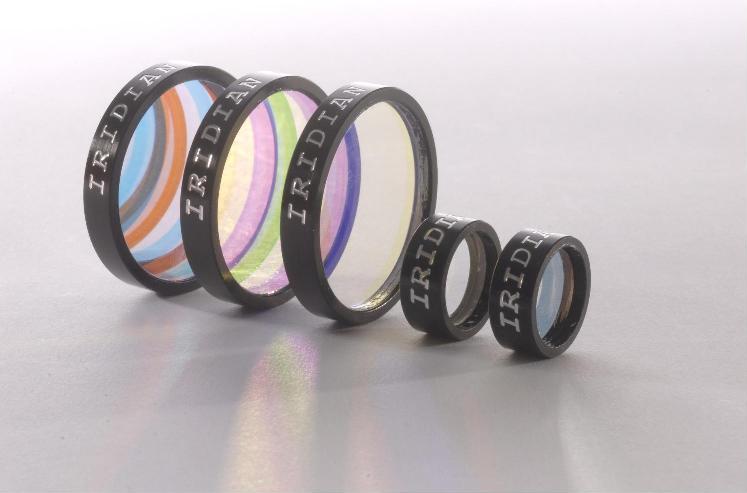


Iridian Welcomes India’s FII to Its Distributor Network
Ottawa, Canada, Nov.30, 2020 Iridian Spectral Technologies, Ltd. (Iridian) is pleased to announce that it’s long standing Indian distributor for aerospace filters, Futuristic International Inc (FII), is now available to address any and all Indian optical filter...
Germany’s IMM Photonics Join Iridian’s Distributor Network
OTTAWA, Ontario, October 20, 2020 – Iridian is pleased to announce that IMM Photonics GmbH, Unterschleißheim, Germany has joined us as a distributor of our optical filter solutions. IMM-Photonics has a long and successful history supporting its customers with...
Iridian Supplying Key Components for New COVID-19 Testing Kit
Iridian Spectral Technologies would like to congratulate Spartan Bioscience on obtaining Health Canada approval this week for use of the Spartan Cube for COVID-19 testing. We are proud that Iridian’s optical filters are a key component in this instrument.

Letter from Iridian President Regarding COVID-19
Iridian Spectral Technologies is maintaining normal operations during this COVID-19 pandemic period. We continue our dedication to delivering your filters on time with the highest quality.
Our manufacturing capacity and lead times are unaffected; we have adequate supplies of raw materials onsite and have not been notified of any interruption in material supply from our key suppliers.

Iridian Expanding LiDAR Filter Capacity
Ottawa, Canada, August 26, 2019 – Iridian has recently expanded our filter capacity for LiDAR sensing application. Our Iridian LiDAR filters feature narrow bandwidth, higher transmission and low angular wavelength shift for wider AOI range. For more information on...
Iridian Now Offers Hybrid GFFs
Iridian now offers Hybrid GFFs with additional optical capabilities. For example, it can block the pump laser from light in the range of approximately 980 nm or 1480 nm while providing gain flattening for signal light amplification without the need for an additional...
Datacom Filters
As data storage and computing resources enter the cloud, the demand for storage and data transfer capacity in the Data Center has increased dramatically.

Iridian Adding New Systems to Expand Optical Filters Solutions for Customers
Ottawa, Canada, Feb.19, 2019 – We are growing! Iridian has recently added new coating systems and processing equipment to significantly expand our capacity and capability to continue to provide technically and commercially leading optical filters to our customers. ...Advantages of Multiple Band Pass Filters in Telecommunications Applications
In wavelength-division multiplexer (WDM) and passive optical network (PON) modular design, single band pass filters and multiple band pass filters are used for the same purpose: permitting narrow wavelength ranges to pass through while rejecting wavelengths outside that range (known as the filter’s upper and lower cutoff frequencies).
Multiple band pass filters are used to transmit two or more standard coarse wavelength division multiplexing (CWDM) channels, separating them from the other CWDM bands — replacing two or more single band pass filters with a single component.
Wavelength budgeting for optical filters
Abstract: Considerations when specifying transition pass bands, blocking bands, and transition widths include filter manufacturing tolerances, thermal tolerances and source/detector variations among others. These factors must be taken into account properly and...Hybrid Gain Flattening Filters in Optical Fiber Amplifiers
Much like vehicle hand cranks in their day, the use of a gain flattening filter (GFF) paired with a wavelength- division multiplexer (WDM) in optical fiber amplifiers – such as erbium-doped fiber amplifiers (EDFA) — has been accepted not because it is ideal, but because a superior solution had yet to be created. Until now.
This article explains what a Hybrid GFF is and how it works. It also details the advantages of using Iridian Spectral Technologies’ Hybrid GFFs in lieu of a conventional two-filter setup in EDFA and other optical filter applications.


